Implementing ISO may seem like a daunting task. Imagine, you are the quality manager of a small 30-employee company. And you have been tasked with implementing ISO standards over the next 12 months. That is why you have stumbled across this post. Look no further, cause here are the best things to do when implementing ISO standards
You must be thinking, “I have no idea where to start!” And to be honest, you’re right. But the very first thing you have to do is to seek out the help of an ISO management system specialist. Having a consultant by your side can help you create management systems that are in line with ISO standard certifications effectively and efficiently. So that’s definitely the first step.
But here are 7 things to do when implementing ISO standards, irrespective of whether you’re doing it on your own or with the help of an ISO consultant.
What are the Things to do when Implementing ISO Standards?
Table of Contents
#1 Create an Implementation Team
One of the first things to do when implementing ISO standards is to set up a team to help you implement the necessary standards. If you’re a quality manager, you need to include yourself, along with members from the top levels of management. A great tip is to have people from different levels of the hierarchical structure. Getting the input of top management is great. That’s obvious.
Getting feedback from people who are on the ground, doing the day-to-day work, is a great addition. This will help you make sure that employees see that you care what is happening in real life, how things are handled. Having just the top management involved may create a false sense of security.
#2 Perform the Necessary Training
The second item on the agenda when implementing ISO standards is to perform the necessary training
Any change, being small or big, requires employees of an organization to be understanding. Whenever we are implementing a new management system, processes might change and this may be met with employee resistance. That is where training comes in.
The training that must be provided must revolve around the type of standard that you would like to accomplish to get certified. The training sessions are generally split up so as to allow time for employees to understand, perform the changes on the job and come back with invaluable, accurate feedback. This will of course raise multiple questions and that is where ISO consultants must guide the organization and help them obtain the correct information.
Let’s take this form a different perspective. If you’re a consultant, you must be knowledgeable about the ways to perform internal audits. So that would mean, you need to obtain training from someone else, or maybe find a lead auditor course online.
#3 Set Boundaries for Certification
Setting the boundary is in other words, the target that you want to achieve. In fact, it is commonly referred to as the Scope of the Certification. The scope is an important detail since this is what you will actually have written down on your ISO certification after being approved.
Just to give you an example, if your business organization manufactures medical devices, you can say that your business is seeking to get ISO certified in the manufacturing area of medical devices A, B and C.
The scope has one job, which is to explain what you do as a company and inherently, it will also say what you don’t do as a company. What does this mean? Let’s say that as a company, you import microphones and cars. These are clearly two random products, however, your plan is to get certified just for the importation of cars. Therefore, in the scope of certification, you must state that the company does the importation and distribution of cars.
No one will ask any questions about microphones because that is not part of the scope of certification. So that is why it’s critical to start with the scope of certification because it literally sets the boundaries for certification. And, are you including all product ranges? Are we including all sites of your company? So if your company, for example, is a multinational company and you have offices in different locations, are you going to include all offices or are you going to include a particular branch or the head office? If your company, for example, has more than one product, are you going to include all of your products?
#4 Avoid Unnecessary Documentation
Bureaucracy. That is why. Personally, I’m not too fond of it, I know the word hate is strong but hey, that is how I feel about bureaucracy. It is the opposite of efficiency and a big waste of time. But of course, you cannot treat all types of documentation like that.
You see, there exist other types of documentation, such as checks and invoices that are absolutely critical. So as you can imagine, there are important and not so important documentation that we can have within our organization. It is relevant that you only include documentation that is deemed critical to the operations in any management system.
Of course, this topic extends way deeper than this. With what we have just covered, we have only scratched the surface. The reason this is being said is because documentation revolves around how many ISO standards you’re implementing, it revolves around the key processes that an organization has and their respective supporting systems which help key functions operate. You see, this is where the detail really starts.
#5 System Deployment
This is the end stage, one can say. One of the final things to do when implementing ISO standards in a company. It is referred to as the end stage as it is the part where all documentation has been mapped out but certain changes are still taking effect to improve the overall quality of the management system. Granted, these improvements might not be felt or experienced from day 1, but you must trust the process.
Imagine going to the gym and sticking to a routine. After your first intense workout, you will feel sore but your overall physique will see little to no changes. Come 6 weeks later, your body will have reaped the rewards of that change you made 6 weeks ago when you decided to go to the gym and stick to a routine. The improvement will be gradual, but it is perfectly normal. As time goes by, we must then look out to ensure we don’t hurt our muscles and increase the weights accordingly. This is called continuous improvement and the same concept must be achieved through the management system you have deployed in your business.
Being continuously driven to be better is important as a stationary business will find itself dying off. Of course, continuous improvement does not mean reaching perfection, as nothing can ever achieve perfection. However, being driven to be better is a great mentality to have, both for you and your employees.
WANT TO LEARN MORE ABOUT THE Things To Do When Implementing ISO Standards?
As an ISO management system consultant, Luke Desira will make it his mission to put your company in a class above all others! Read more about how to get ISO certified with Luke Desira here.
If you are searching for information about the history of ISO standards and the different types of ISO certification, read more here, and find out about the 10 pitfalls that you may encounter during the implementation process of different types of ISO certification.
Don’t forget to follow us on our Facebook and LinkedIn profiles, and subscribe to our Youtube Channel for more great content.








